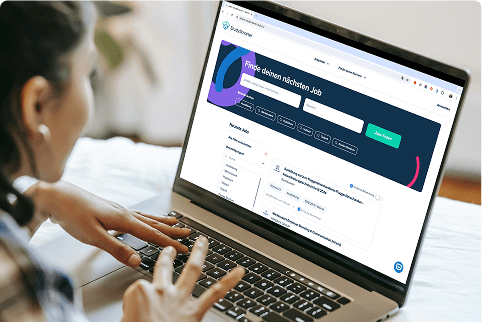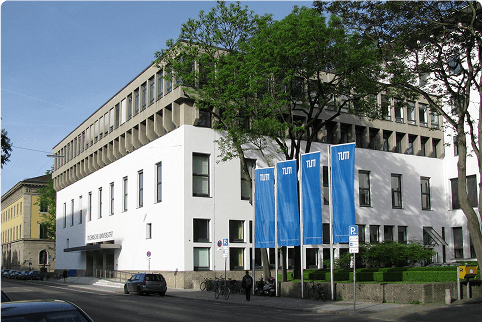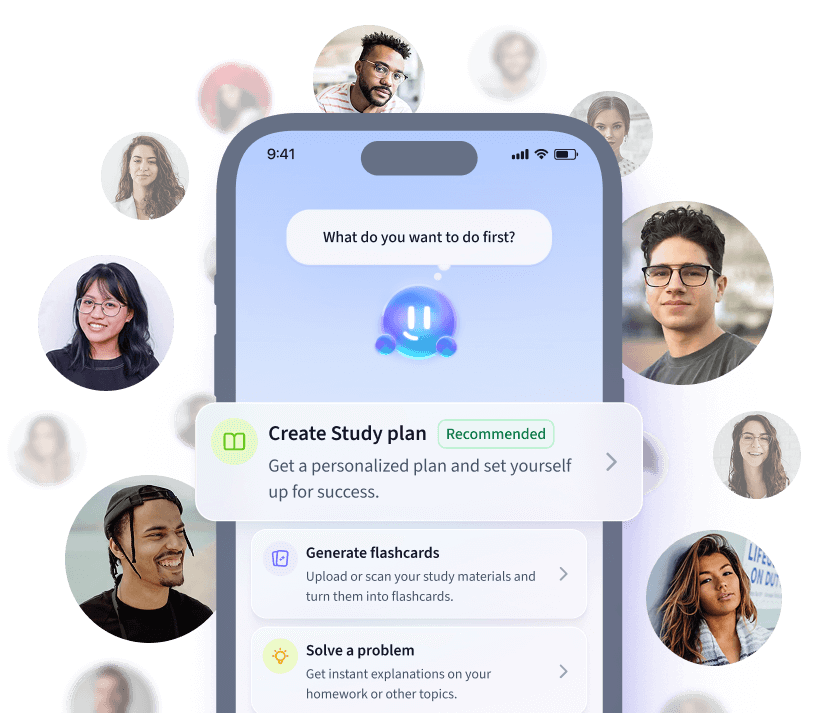Physics is a central subject of study throughout formal education. It is relevant to everyone, offering a window to understand the universe. Some people think of physics as the Swiss knife of science.
Students of engineering, chemistry, and biology cover many physics topics too. A good grasp of the basics of physics can help you understand technical problems and models in other science and engineering fields.
No matter which class you are currently in or which school you are attending, Vaia has something for everyone! From modern particle accelerators on the left to the most basic swing on the right, all devices and phenomena in the world include physics.
How can Vaia support me with physics?
The free content at Vaia can help you prepare for different levels of study and exams in physics. In addition, the Vaia app:
Creates an intelligent learning plan just for you.
Tracks your progress and motivates you with badges and awards.
Lets you quickly create notes and flashcards and share them with other students in your class. You can also join a wider learning community of other physics students.
Physics through the ages
The word ‘physics’ comes from ancient Greek and means ‘knowledge of nature’, although physics is older than this. Other cultures knew it as ‘the study of natural phenomena’, and the knowledge obtained was used to predict, calculate, and create applications, including:
Rudimentary electroplating from the Moche culture of ancient Peru, around 100-700 AC.
Magnetism studies in ancient China, around 400 BC.
Scientific method and reproducibility of results in ancient Egypt/Iran, around 1000 AC.
Prediction of astronomical events based on observations and measurements in Mexico, around 500 BC.
First philosophy of atomism in India, around 200-600 BC.
From old roman aqueducts to modern space technology, physics has long been a tool to create and develop solutions, enabling us to modify our world.
In modern times, physics has matured into a well-defined system of knowledge. This knowledge is used at any scale from atoms to galaxies and in any discipline from medicine to engineering.
Theoretical and experimental physics
Physics is divided into theoretical physics and experimental physics.
Theoretical physics focuses on making laws, theories and hypotheses that can describe patterns or things observed in the world.
Experimental physics makes observations on different phenomena using carefully designed experiments through the scientific method, which uses evidence to justify a belief or knowledge.
Experimental physics will observe patterns that theoretical physics will later try to describe. Theoretical physics makes predictions and creates models, and experimental physics can corroborate these observations.
Applied physics
Physics may be highly theoretical, but it converts a lot of knowledge into applications. Here’s a list of areas that use physics:
Medicine: Imaging techniques to observe internal parts of the body using sound or radiation, radiotherapy to target cancer cells, optics for implants in the eye, creating devices for endoscopy. Mechanical engineering: Design of devices modelled after the laws of movement and energy exchange interactions.
Aerospace: Applied theoretical aerodynamics for designing planes and other aircraft. Energy industry: Applications of thermal and energy exchanges and the study of electricity to generate and consume energy.
Electrical engineering and electronics: applied/theoretical knowledge modelling, designing and creating circuits, electronic devices and electrical networks.
Sensors: Used in physical chemistry, thermal engineering, optics, and others to create devices that can measure data.
Optics: Applications for sensing and manipulating visible light and other electromagnetic spectra.
Naval: Fluid mechanics and its applications to seafaring and ship technology.
Materials and structures: Knowledge of the forces applied to structures and objects. The composition of materials and how this composition can affect structures or the objects used in construction, medicine and other areas.
Food industry: applications that range from sterilisation to sample analysis.
Explanations
ExplanationsTextbooks
Exams
ExamsGCSE
IGCSE
IGCSEAS
ASA Level
A LevelInternational A Level
International A LevelUniversity Admissions Tests
University Admissions Tests




